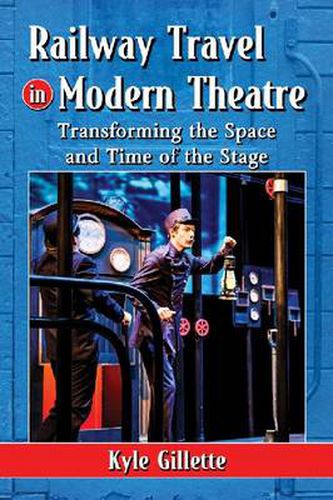Readings Newsletter
Become a Readings Member to make your shopping experience even easier.
Sign in or sign up for free!
You’re not far away from qualifying for FREE standard shipping within Australia
You’ve qualified for FREE standard shipping within Australia
The cart is loading…






Railway travel has definitely influenced modern theatre’s sense of space and time. Early in the 20th century, breakthroughs - ranging from F.T. Marinetti’s futurist manifestos to epic theatre’s first use of the treadmill - explored the mechanical rhythms and perceptual effects of railway travel to investigate history, technology, and motion. After World War II, some playwrights and auteur directors, from Armand Gatti to Robert Wilson to Amiri Baraka, looked to locomotion not as a radically new space and time but as a reminder of obsolescence, complicity in the Holocaust, and its role in uprooting people from their communities. By analysing theatrical representations of railway travel, this book argues that modern theatre’s perceptual, historical and social productions of space and time were stretched by theatre’s attempts to stage the locomotive.
$9.00 standard shipping within Australia
FREE standard shipping within Australia for orders over $100.00
Express & International shipping calculated at checkout
Railway travel has definitely influenced modern theatre’s sense of space and time. Early in the 20th century, breakthroughs - ranging from F.T. Marinetti’s futurist manifestos to epic theatre’s first use of the treadmill - explored the mechanical rhythms and perceptual effects of railway travel to investigate history, technology, and motion. After World War II, some playwrights and auteur directors, from Armand Gatti to Robert Wilson to Amiri Baraka, looked to locomotion not as a radically new space and time but as a reminder of obsolescence, complicity in the Holocaust, and its role in uprooting people from their communities. By analysing theatrical representations of railway travel, this book argues that modern theatre’s perceptual, historical and social productions of space and time were stretched by theatre’s attempts to stage the locomotive.